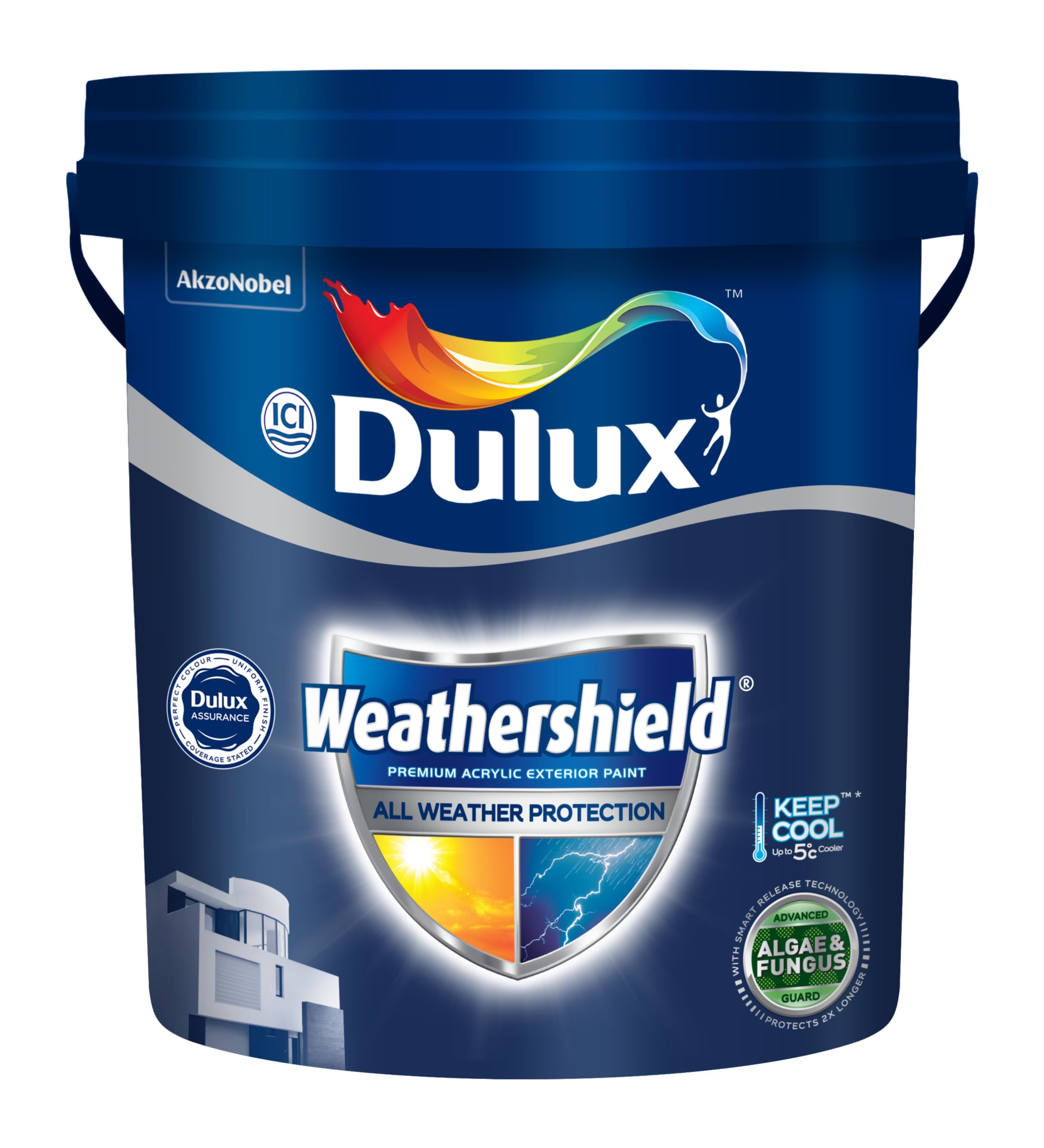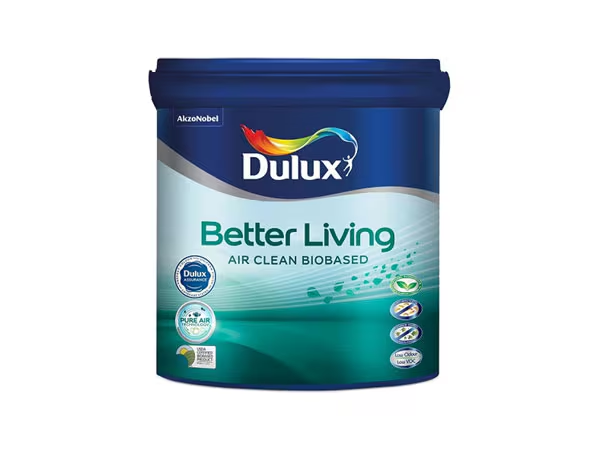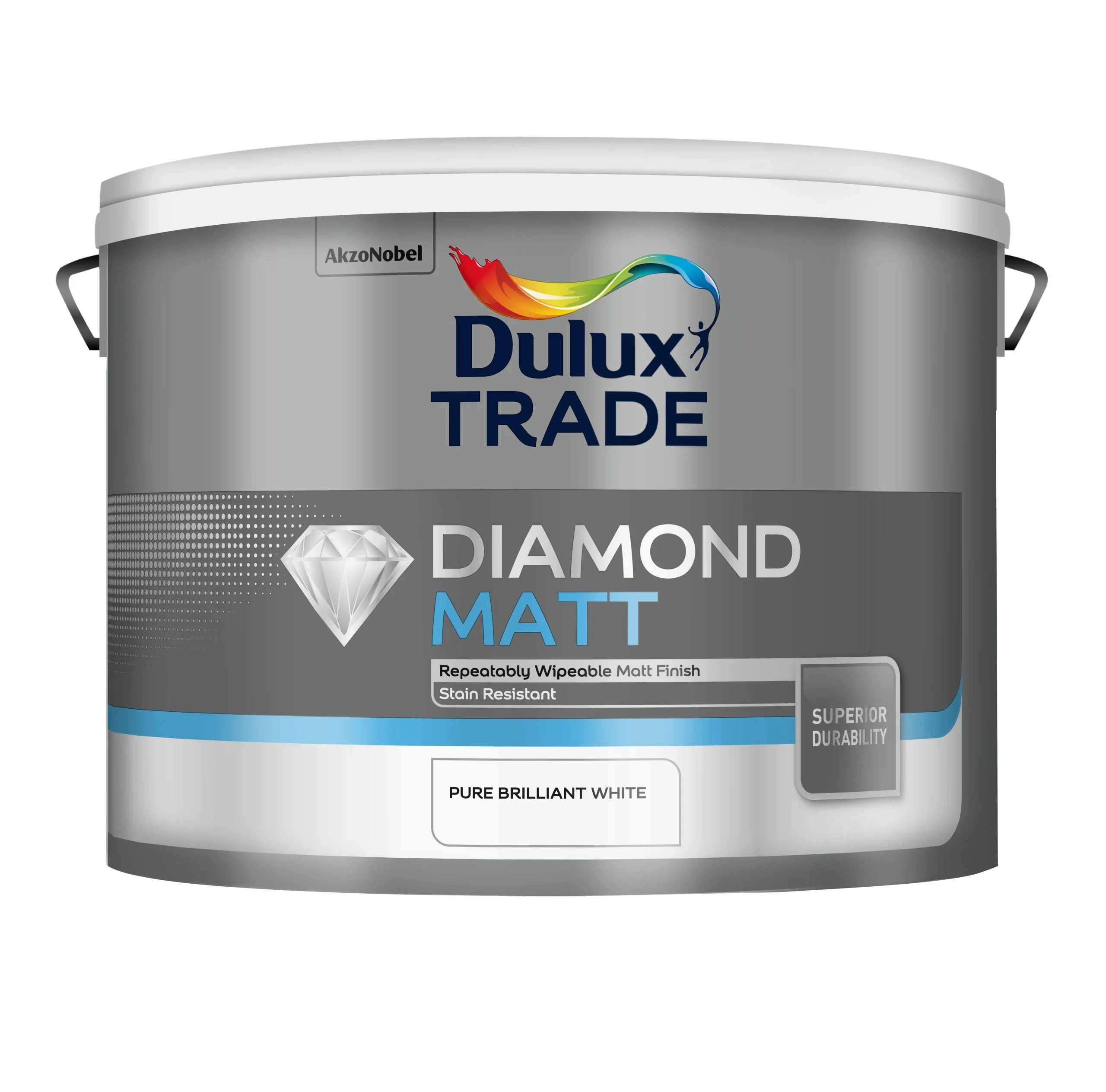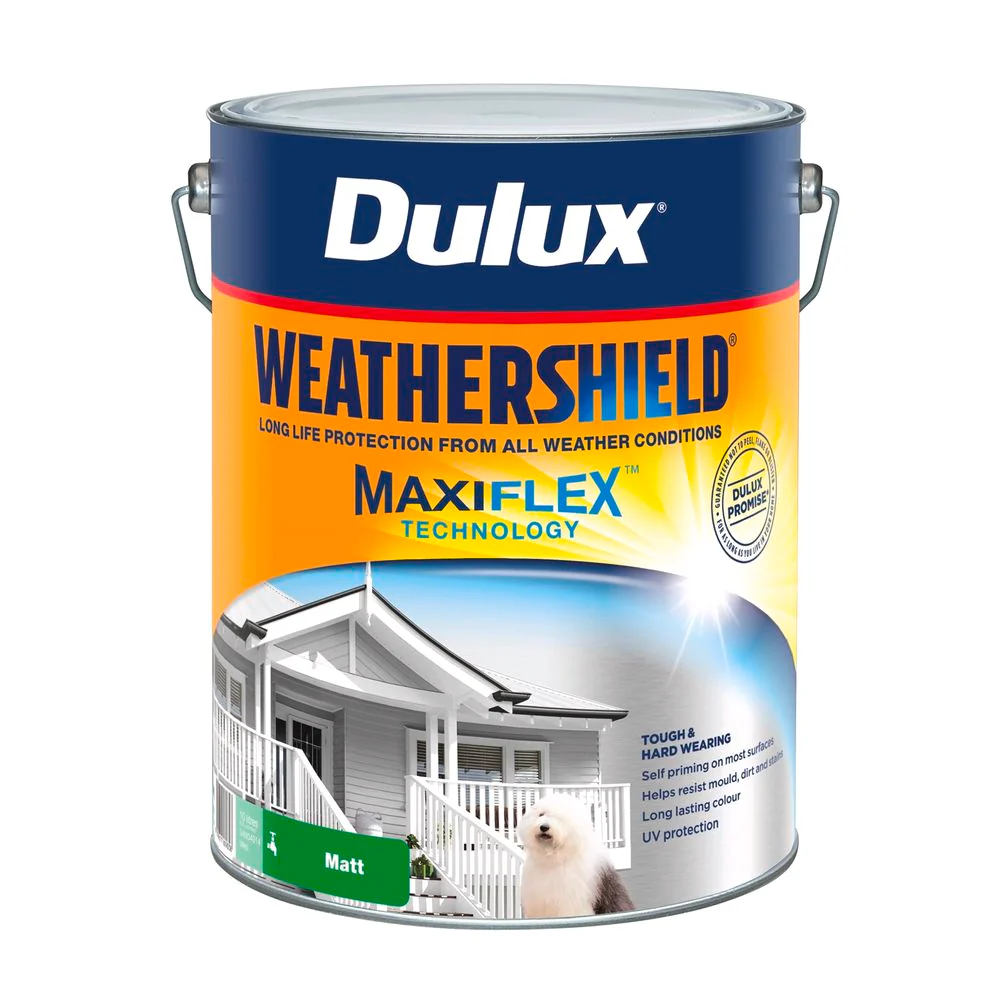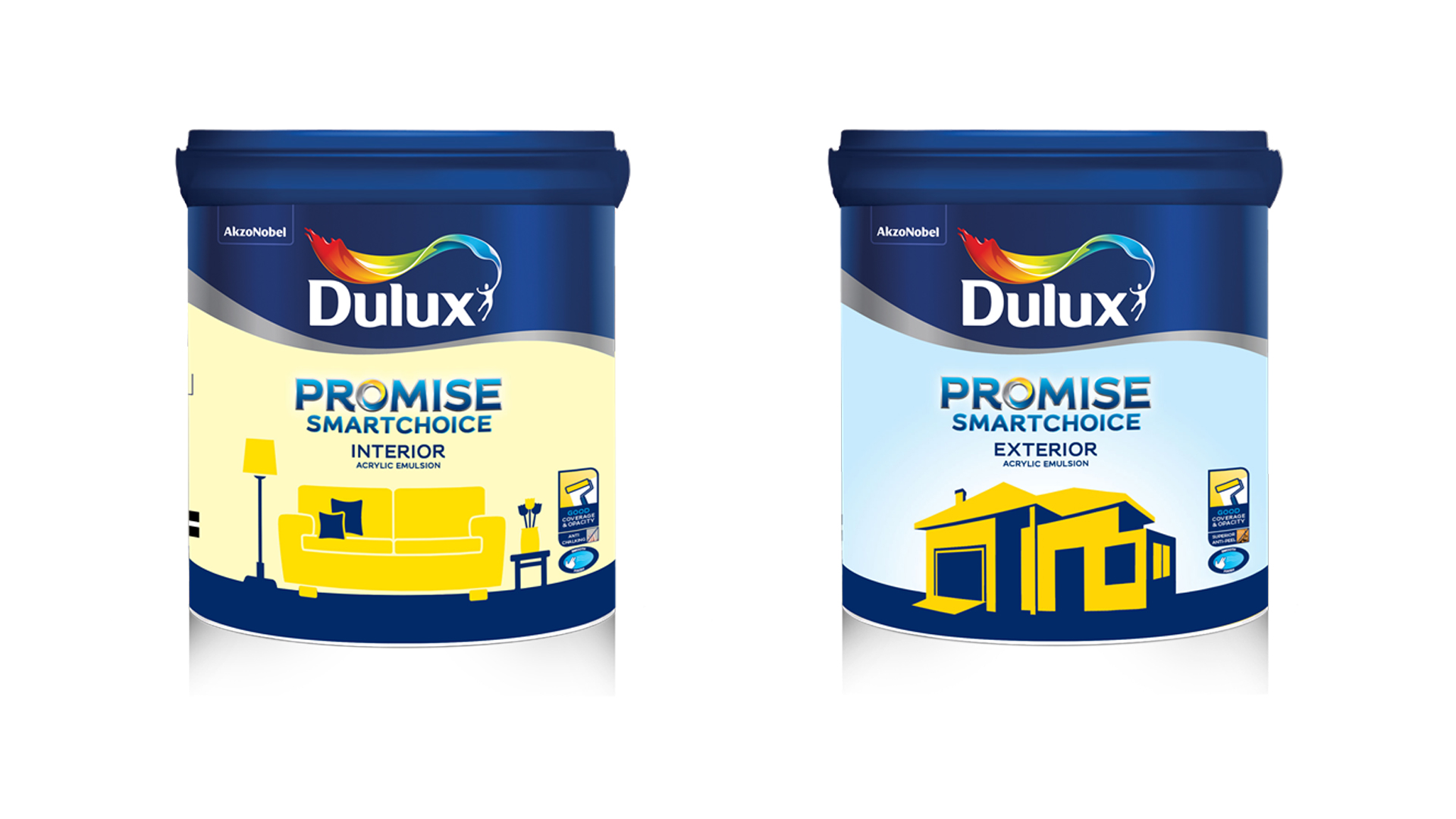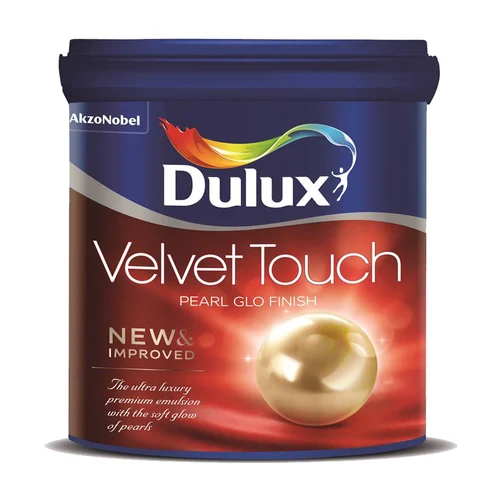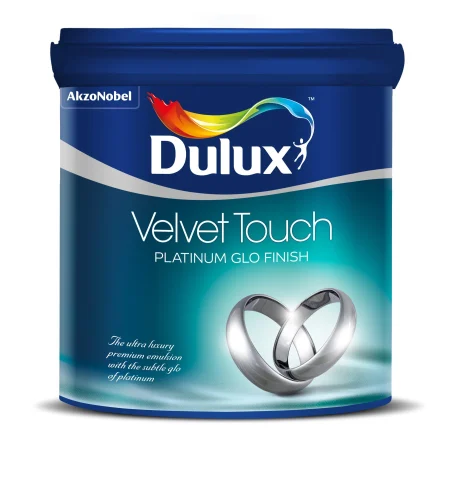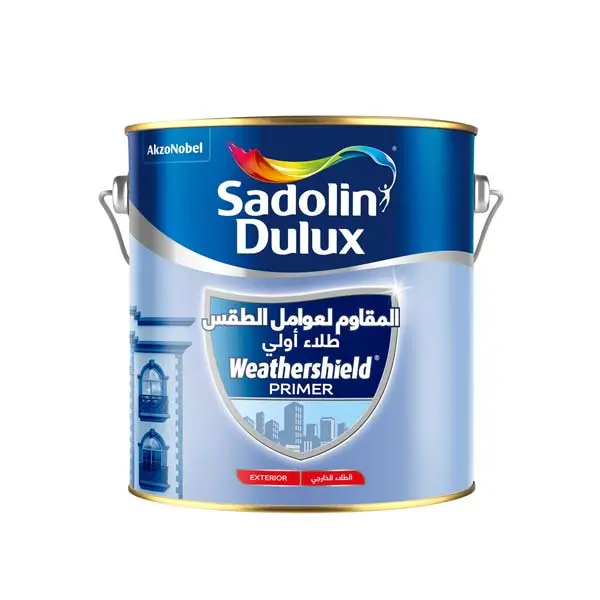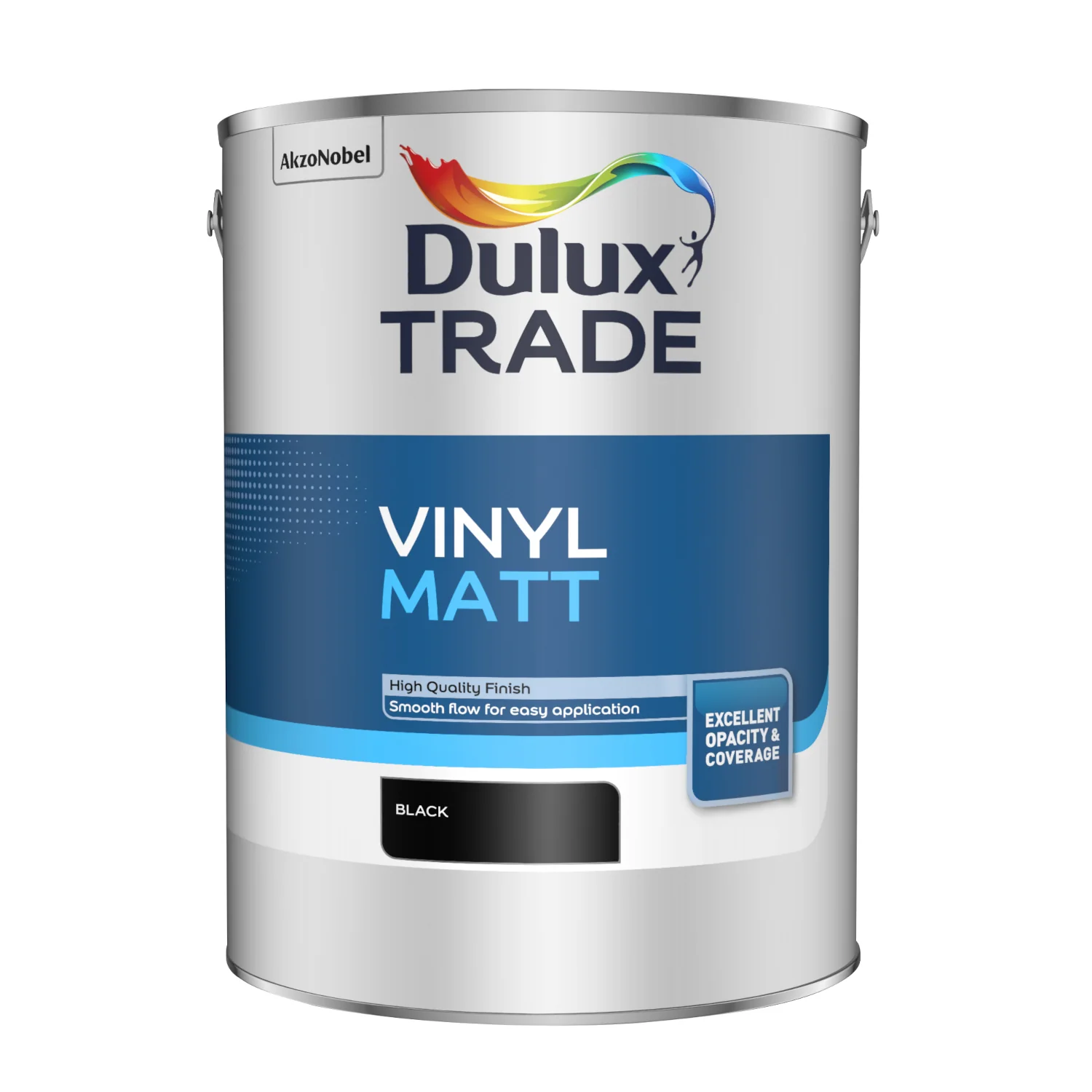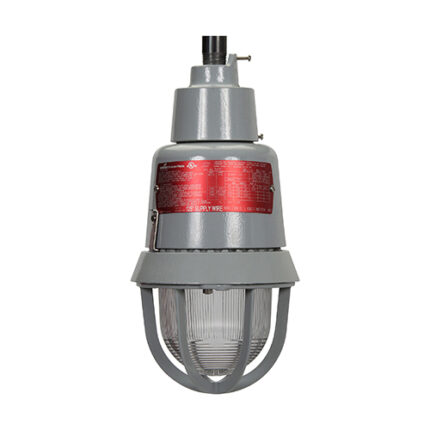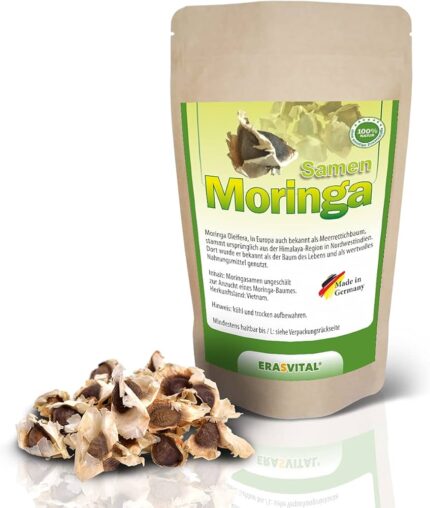Description
AkzoNobel Dulux: A Legacy of Color and Innovation in Paint and Coatings
In the world of paints and coatings, few brands hold as much recognition and respect as AkzoNobel’s Dulux. With a rich history that spans over a century, Dulux has become synonymous with high-quality products, innovation, and sustainability, catering to both professional and consumer markets. This article delves into the evolution of AkzoNobel Dulux, its contributions to the industry, and its commitment to environmental stewardship.
A Brief History
Dulux was first introduced in Australia in 1950 by a paint manufacturer named A.H. Wiggins. The name “Dulux” is a combination of “durable” and “lux,” reflecting the brand’s promise of long-lasting, premium-quality paint. Over the decades, the brand quickly gained popularity, and in 1988, Dulux became part of AkzoNobel, a global leader in paints and coatings based in the Netherlands.
AkzoNobel has roots that can be traced back to the 17th century and has grown through a series of mergers and acquisitions to become one of the largest suppliers of decorative paints, performance coatings, and specialty chemicals in the world. The acquisition of Dulux allowed AkzoNobel to leverage the brand’s strong market presence and innovate further in the field of decorative paints.
Innovation at the Forefront
One of the key factors behind Dulux’s success has been its commitment to innovation. The brand has consistently embraced new technologies and research to develop products that meet the evolving needs of consumers. From the introduction of water-based paints that are safer and more environmentally friendly to the launch of specialized products designed to withstand various weather conditions, Dulux has continuously pushed the boundaries of what is possible in paint formulation.
In recent years, Dulux has made significant strides in the realm of color technology. The brand has developed advanced color-matching systems that allow consumers to find their ideal shade with ease. Additionally, Dulux’s color forecasting team studies global design trends to provide insights into the colors that will define the coming years, ensuring that customers have access to the latest and most relevant palettes.
Sustainability Commitment
In an era where environmental concerns are paramount, AkzoNobel Dulux has recognized the importance of sustainability. The company has set ambitious goals to minimize its environmental footprint and promote the use of eco-friendly products. This includes reducing carbon emissions during production, sourcing raw materials responsibly, and creating paints with low volatile organic compound (VOC) levels.
Dulux has also initiated recycling programs, encouraging consumers to return unused paint to be properly disposed of or repurposed. By investing in sustainable practices, Dulux not only enhances its brand image but also contributes to the global movement toward more responsible consumerism.
Community Engagement
Beyond its focus on products and innovation, AkzoNobel Dulux also understands the importance of community engagement. The brand has been involved in numerous initiatives aimed at enhancing local environments through color. From community painting projects that beautify public spaces to partnerships with organizations that promote artistic expression, Dulux recognizes the power of color in transforming lives and communities.
Conclusion
AkzoNobel Dulux stands as a beacon of quality, innovation, and sustainability in the paint and coatings industry. With a storied history and a commitment to addressing modern challenges, Dulux continues to inspire creativity in homes and communities worldwide. As the brand looks to the future, it will undoubtedly remain a significant player in the evolution of design, color, and environmental responsibility in the years to come. Whether through their extensive range of paints or their community initiatives, Dulux embodies the idea that color is not just about aesthetics; it’s about enhancing lives and nurturing the environment we share.

